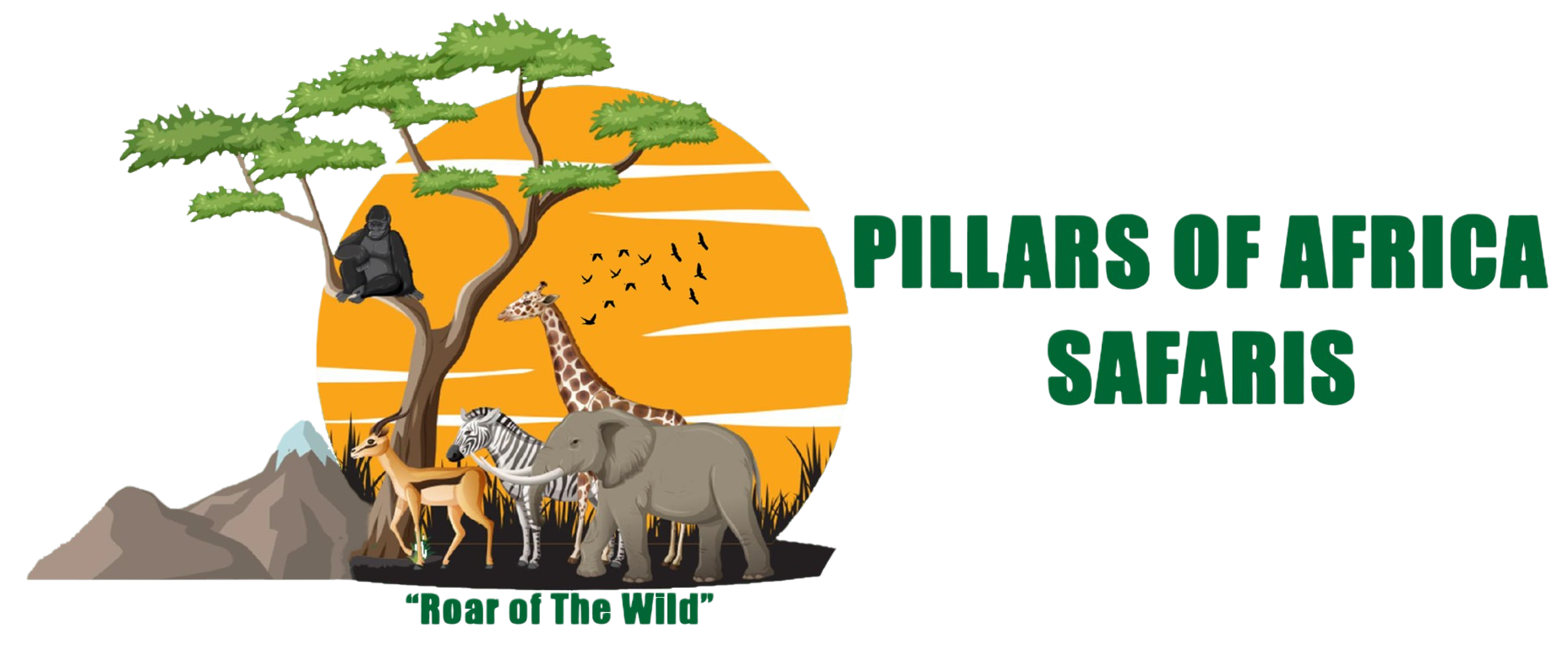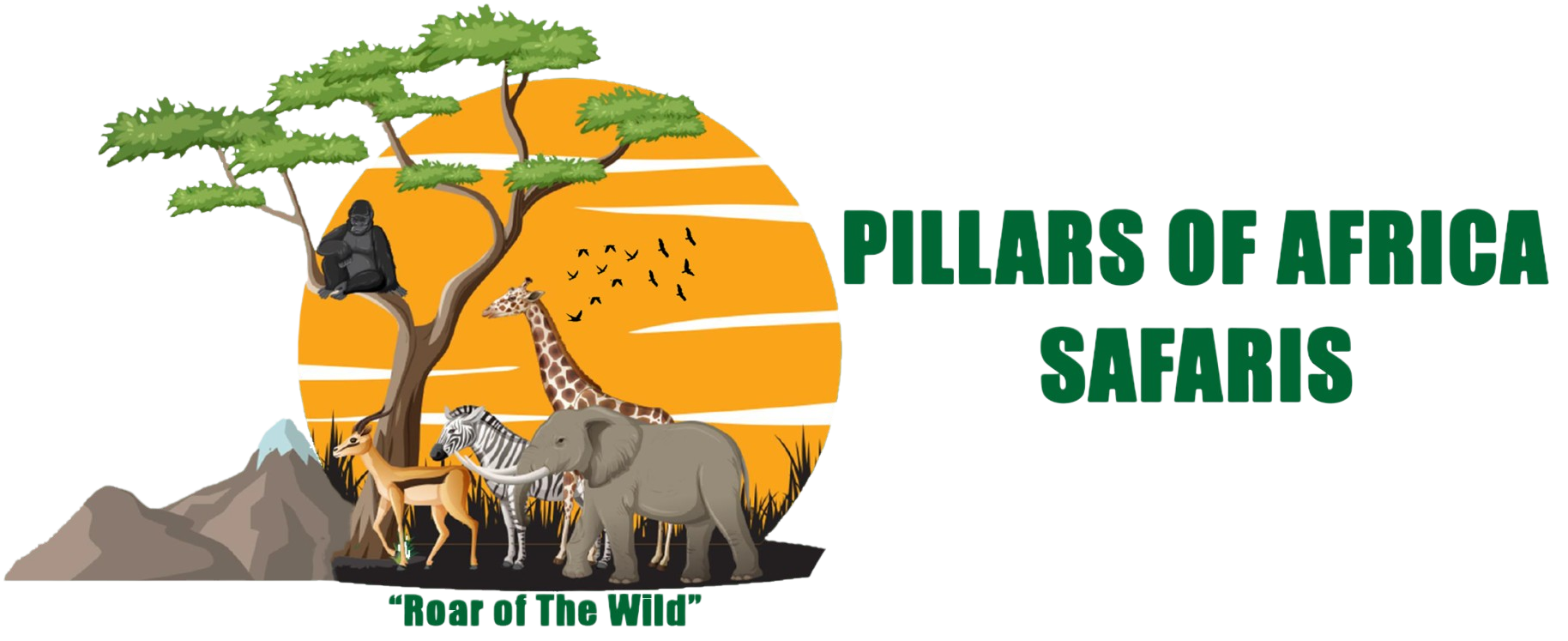Chimpanzee Tracking in Uganda: An Unforgettable Wildlife Experience
Uganda, often referred to as the “Pearl of Africa,” is home to a rich variety of wildlife, including some of the most fascinating primates on the planet: chimpanzees. Chimpanzee tracking in Uganda has become a popular activity for wildlife enthusiasts and researchers alike, offering a unique opportunity to observe these intelligent and social primates in their natural habitat. This article explores the experience of chimpanzee tracking in Uganda, including the best locations to visit, what to expect, and why this adventure should be on every nature lover’s bucket list.
The Appeal of Chimpanzee Tracking in Uganda
Chimpanzees are our closest living relatives, sharing about 98% of our DNA. Watching them in their natural environment is not only a thrilling experience but also provides invaluable insights into their behavior, social structures, and relationship with the environment. Uganda, with its lush forests, diverse ecosystems, and dedicated conservation efforts, offers some of the best chimpanzee tracking opportunities in the world.
Uganda’s conservation programs have played a crucial role in preserving chimpanzee populations. The country is home to more than 5,000 chimpanzees, most of which live in the wild. Chimpanzee tracking allows visitors to get up close to these incredible creatures while contributing to their conservation by supporting local tourism and eco-friendly initiatives.

The Best Locations for Chimpanzee Tracking in Uganda
Chimpanzee tracking in Uganda takes place in several key locations, each offering a unique experience. These forests are well-managed by Uganda Wildlife Authority (UWA), ensuring both the safety of the chimpanzees and the comfort of the trekkers.
1. Kibale National Park
Kibale National Park, located in western Uganda, is one of the most famous destinations for chimpanzee tracking. This tropical rainforest is home to over 1,500 chimpanzees and offers a chance to see them in their natural habitat. The park’s dense forest, combined with its rich biodiversity, makes it an ideal location for tracking chimpanzees.
Visitors to Kibale can join a guided trek through the forest, led by trained UWA rangers. These guides are knowledgeable about the chimpanzees’ behaviors and will lead trekkers to areas where the chimpanzees are most likely to be found. The trek often involves a mix of walking and a bit of scrambling through dense vegetation, making it an exciting and immersive experience.
2. Budongo Forest Reserve
Budongo Forest, located in the western part of Uganda near the Murchison Falls National Park, is another prime location for chimpanzee tracking. The forest reserve is one of Uganda’s largest mahogany forests, providing a great environment for chimpanzees. Budongo is home to approximately 600 chimpanzees, and the tracking experience here is equally rewarding.
In addition to chimpanzee tracking, visitors can also enjoy a variety of other wildlife, including monkeys, bird species, and unique flora. The well-marked trails through the forest make it easier to track chimpanzees, and the views of the forest’s towering trees and wildlife-rich surroundings are a photographer’s dream.
3. Kyambura Gorge
Kyambura Gorge, located within the famous Queen Elizabeth National Park, is another great spot for chimpanzee tracking. Known as the “Valley of Apes,” the gorge provides a scenic and dramatic landscape, with its lush forests nestled between steep valley walls. The chimpanzees here are more elusive, which can make tracking them a bit more challenging, but this adds to the adventure and appeal.
The trek to find the chimpanzees in Kyambura Gorge is unique, as visitors must descend into the gorge and navigate through its steep terrain. The park’s chimpanzees are often found in the lower regions of the gorge, where they move between the trees and forage for food.
What to Expect During Chimpanzee Tracking
Tracking chimpanzees in Uganda is not just about spotting the animals, but also about experiencing the forest ecosystem and understanding the dynamics of primate life. Here’s what you can expect during a chimpanzee tracking expedition:
1. The Trekking Experience
Chimpanzee tracking usually begins early in the morning, as this is when the chimpanzees are most active. Trekkers gather at a designated park headquarters, where they are assigned a guide and given a briefing on the rules and regulations. These guidelines are critical to ensuring that both visitors and chimpanzees remain safe during the experience.
Once the trek begins, the guide will lead the group through the forest, sharing information about the local flora and fauna. The trek can last anywhere from 1 to 4 hours, depending on the location of the chimpanzees. The terrain can be uneven and challenging, so it’s important to wear sturdy shoes and come prepared for a hike.
2. Spending Time with the Chimpanzees
When the group finally encounters the chimpanzees, the moment is nothing short of magical. The chimpanzees are highly social creatures, and it’s fascinating to observe them interacting with each other. You may witness playful young chimpanzees, see adult chimpanzees foraging for food, or observe them grooming each other—a behavior that highlights their close social bonds.
While visitors are not allowed to approach the chimpanzees closely, they can enjoy watching the animals from a safe distance. The guides will help ensure that the group follows all ethical tracking practices, which prioritize the well-being of the chimpanzees.
3. The Conservation Message
Chimpanzee tracking in Uganda is not just about the thrill of seeing these animals up close, but also about supporting conservation efforts. A portion of the fees collected from tracking permits goes directly to the protection of chimpanzees and their habitats. This money helps fund anti-poaching patrols, forest restoration projects, and community outreach programs aimed at reducing human-wildlife conflict.
Additionally, local communities benefit from eco-tourism, as many of the staff working in the parks are from surrounding villages. By participating in chimpanzee tracking, visitors are contributing to the sustainable management of Uganda’s natural resources and helping to ensure that future generations will be able to enjoy these incredible creatures.
Best Time for Chimpanzee Tracking
The best time for chimpanzee tracking in Uganda is during the dry season, which typically runs from June to September and December to February. During this period, the forest trails are less muddy, and the chimpanzees are easier to track. However, tracking is possible year-round, and each season has its own unique appeal. The rainy season (March to May and October to November) brings lush, green landscapes, which make for beautiful photos, though trails can be slippery.
What to Bring for Chimpanzee Tracking
To ensure you have a comfortable and safe tracking experience, here are a few essential items to bring:
-
Sturdy hiking shoes: The forest trails can be muddy and uneven.
-
A hat and sunscreen: The tropical climate can be hot, especially during midday.
-
Insect repellent: To protect against mosquitoes and other insects.
-
Water and snacks: You may be trekking for several hours, so it’s essential to stay hydrated and energized.
-
A camera with a zoom lens: While you should avoid getting too close to the chimpanzees, having a zoom lens allows for better photos from a safe distance.
Chimpanzee tracking in Uganda is an extraordinary experience that allows visitors to connect with one of the most intelligent and endangered species on Earth. Whether in Kibale National Park, Budongo Forest, or Kyambura Gorge, the opportunity to observe chimpanzees in their natural habitat is both thrilling and educational. By participating in this adventure, travelers contribute to vital conservation efforts and help protect these remarkable animals for future generations.
For anyone seeking a deeper connection with nature, chimpanzee tracking in Uganda is a must-do activity. It’s an experience that not only brings you face-to-face with incredible wildlife but also leaves you with a greater appreciation for the importance of conservation and sustainable tourism. If you’re planning a trip to Uganda, make sure chimpanzee tracking is on your itinerary – it’s an experience you won’t soon forget!

